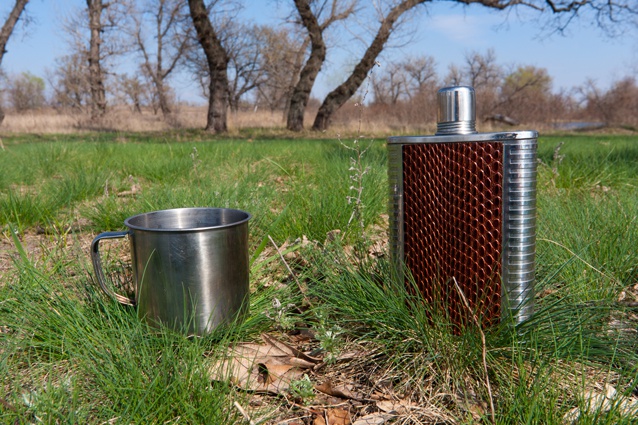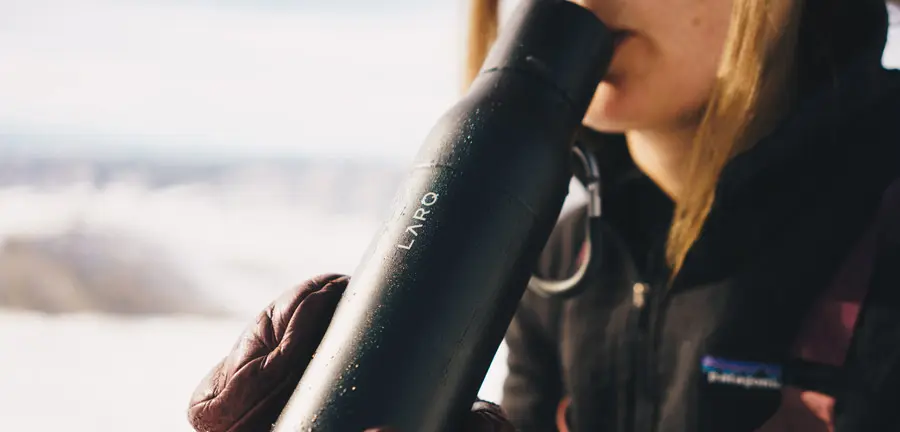Camp Hacks for Comfier Campsites
When camping, the hard way is the only way. No remote controls, no push-button fireplaces, no automatic windows. Travel with us while we make the hard ground a little softer, the tent pitch a bit tighter and the adventure even more memorable.
CampHacks
The Acorn Anchor
Place an acorn or small rock on the fabric’s inside, tie a knot around it on the outside and add guy lines to sagging tent flies or tarps lacking grommets. No extra stakes? Use large rocks or knots jammed into cracks instead.
Camp Facing East

Come sunrise, your tent heats up like an oven while west-facing campers shiver deeper into their sleeping bags. You’ll pack a dry tent while they lug a damp, condensation-soaked tent into the day.
The Space Blanket Footprint
Bring a space blanket or tarp instead of spending extra money on a tent’s footprint. Place inside the tent, rolling the edges up around your gear. While an exterior tarp protects the tent floor fabric, exposed sections behave like a funnel in the rain.
Lightweight Libations

Bring wine or a fifth of the good stuff in lightweight, collapsible containers able to hold water the next day (cause you’re gonna need it).
Stuff to Save Time
The age-old tent packing debate. Rollers like organization, stuffers think that repeated folding weakens certain areas. Your long-term storage strategy is up to you, but stuffing’s quickest on the go.
The Sleeping Pad Seat

Whip out your sleeping pad right when you get to camp, using it to keep your backside dry and warm. Thermarest's Trekker Lounge Chair even converts your sleeping pad into a comfy camp chair.
Bug-Free Steeze
Permethrin-based repellants turn your favorite shirts, pants, shoes and even tents into bug-free refuges so you can carry less repellant on the trail – and stay bug-free at camp.
On the Fly

Attach your tent fly to only one side of the tent, then roll the other side up. Enjoy stargazing and better ventilation, with rain protection only seconds away.
Related Articles
















